USDA Announces Up to $300 Million Investment for Transition to Organic Initiative
FOR IMMEDIATE RELEASE
Organic Transition Initiative Announced, Organic Production as Climate Strategy
(June 1, 2022) – Today, the U.S. Department of Agriculture (USDA) announced a Food System Transformation framework that includes up to $300 million in a new Organic Transition Initiative to provide comprehensive support for farmers to transition to organic production. The new initiative acknowledges that organic production has climate and environmental benefits, allows producers to demand a premium in the marketplace, “and thus take home a greater share of the food dollar,” according to an official USDA statement.
The Organic Transition Initiative will deploy technical assistance, farmer-to-farmer mentoring, direct support through conservation financial assistance and additional crop insurance assistance, and market development support in targeted markets. “All the provisions of the organic transition activities that USDA announced are ones that Organic Farming Research Foundation (OFRF) has historically advocated for,” said Brise Tencer, OFRF Executive Director. “In the past year, OFRF has had numerous meetings with USDA officials and provided in-depth written comments on how the agency can best support farmers and ranchers transitioning to organic production systems.”
The USDA’s new initiative supports research findings cited in the OFRF 2022 National Organic Research Agenda (NORA) that “farmer-to-farmer networks and mentoring are by far the most effective ways to obtain and share information.” Additionally, finding and developing markets for organic products was a leading non-production challenge among organic farmers surveyed in the 2022 NORA report.
“This is a meaningful first step to truly working towards a just and equitable food system,” said Gordon Merrick, OFRF Policy & Programs Manager. “We at OFRF are excited to see the details of this historic investment into the National Organic Program, and will continue to work with staff from across the USDA to ensure that the research needs of organic producers are met to make this vision a reality.”
More than half of NORA organic survey respondents stated “adaptation to climate change” as a topic of concern in organic agriculture. Approximately 78% of surveyed transitioning farmers cited enhanced resilience to climate change through organic practices as a motivating factor for transitioning to organic certification. “It is extremely encouraging to hear Secretary Vilsack recognize organic systems of production will be a vital piece in our collective effort addressing the climate crisis,” said Merrick.
The Organic Transition Initiative builds on the USDA’s previously announced programs, the Organic Certification and Transition Cost Share program and the Farm and Food Worker Relief Grant Program, both which provided farmer and producer assistance during the pandemic.
###
About Organic Farming Research Foundation
Organic Farming Research Foundation works to foster the improvement and widespread adoption of organic farming systems. OFRF cultivates organic research, education, and federal policies that bring more farmers and acreage into organic production.
http://www.ofrf.org/
Policy Contact
Gordon Merrick, OFRF Policy & Programs Manager, gordon@ofrf.org
Media Contact
communications@ofrf.org

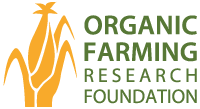

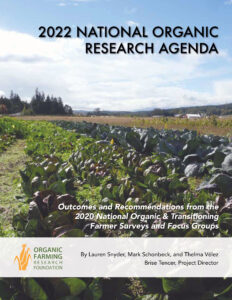 The Organic Farming Research Foundation
The Organic Farming Research Foundation 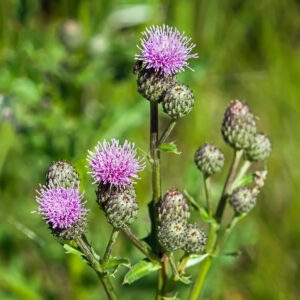 Managing Canada Thistle
Managing Canada Thistle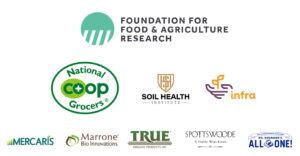
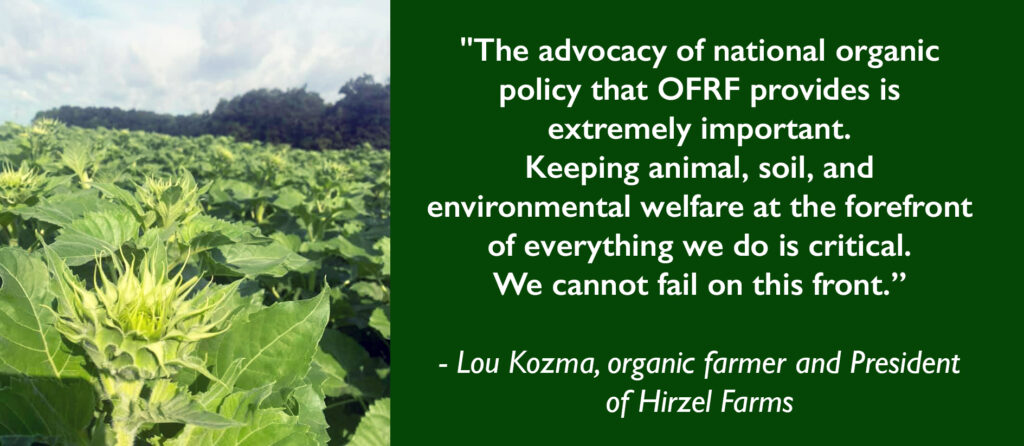 Every five years a U.S. Farm Bill is voted into law by Congress, directing hundreds of billions of dollars to flow into the food and agriculture systems.
Every five years a U.S. Farm Bill is voted into law by Congress, directing hundreds of billions of dollars to flow into the food and agriculture systems.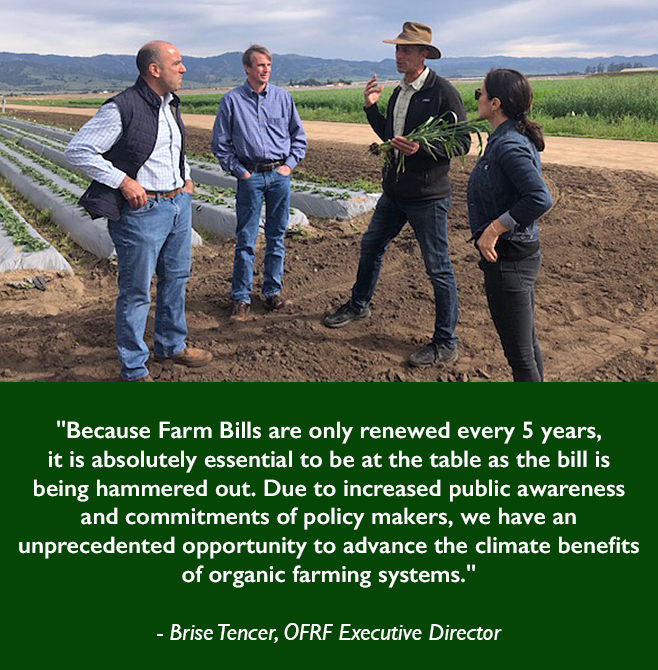 will be focusing our 2023 Farm Bill efforts on the following to address the challenges they are facing:
will be focusing our 2023 Farm Bill efforts on the following to address the challenges they are facing: